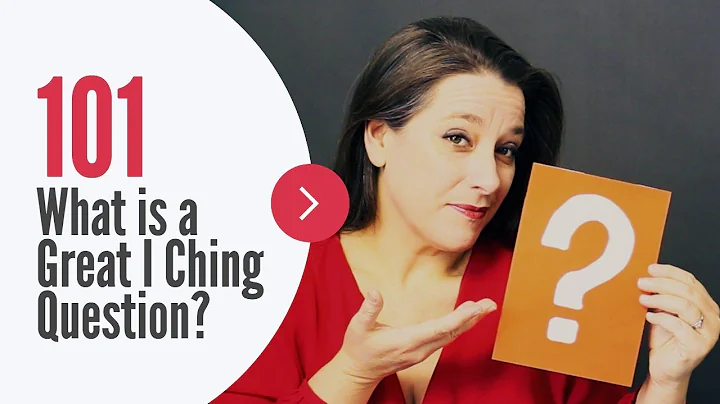Story Mantra Xing Qi and Li Qi - excerpt
Introduction
"Xing Qi" and "Li Qi" are often mentioned in traditional Feng Shui. The two essences of
are basically the same, both are qi. What is Qi? Qi is "empty", nothingness. Nothingness and reality are interdependent, unified and antagonistic. To explain these clearly, we must first understand a philosophical system: the ancient Chinese Neo-Confucianism thought "Yin and Yang Three Talents Theory".
The world is created under contrasting conditions, and the existence of "opposition/unity" is a common phenomenon in all things. The philosophical theory of "Yin-Yang Three Talents Theory" was established by the ancients based on this phenomenon.
Qi is very abstract, so everyone has different levels of understanding.
Two understandings of emptiness:
1. Emptiness has "relativity". For example, the wall is solid and the doors and windows are empty, but the doors and windows are not vacuum, they exist in the air. The relative "vacuum" of air is real. Therefore, the low-level understanding of Qi is: Qi is relative emptiness, energy, and has the limitations of matter.
2. Emptiness has "absoluteness". High-level understanding: Qi is absolute emptiness, formlessness, nothingness, and consciousness.
The nothingness of Qi (consciousness) is reflected through the reality of matter, which is the origin of Yin and Yang.
For example: the reason why "empty surfaces" such as doors and windows can be seen is because they are reflected in the contrast with the "solidity" of the wall; on the contrary, the "solidity" of the wall is also revealed because of the "emptiness" of the surrounding space. "...
......
Shape Qi
Shape Qi is the static shape Qi of an object. As mentioned before, Qi is embodied by entities. The shape is entity and static, because the shapes we see are limited to the surface of the earth. With "earth" as the reference point, the space on the surface of the earth is relatively static. Therefore, shape and energy are the static manifestation of physical objects relative to the ground. Although water, roads, etc. are moving, their movement trajectories are fixed and static, and overall they still have static form and energy properties.
Regulating Qi
Regulating Qi is the embodiment of dynamic laws of entities. This is difficult to understand. Take a sphere as an example: the shape of the sphere is round, and we feel its "roundness". This is Xingqi. We give it a kick and let it roll. When it starts to move, it develops according to a certain physical law. Such as: laws of physical inertia, etc. The manifestation of a certain pattern of its movement is called Li Qi, and symbols are used to replace its different manifestations. For example: physics uses mathematical formulas, while our metaphysics uses symbols such as heavenly stems and earthly branches , five elements, eight trigrams, river map , Luoshu .
Various metaphysical combinations of these symbols represent metaphysical formulas for short.





















